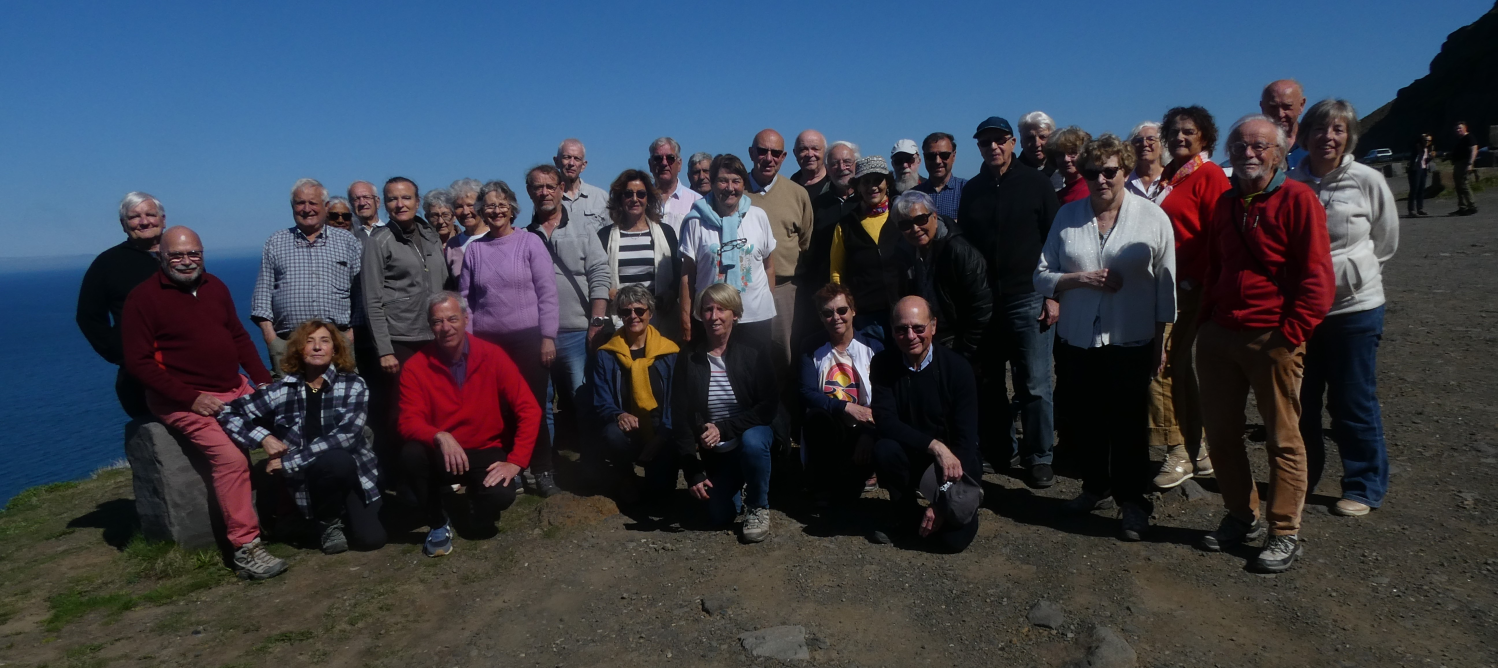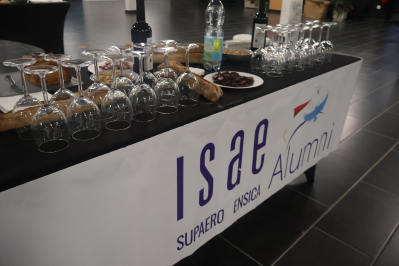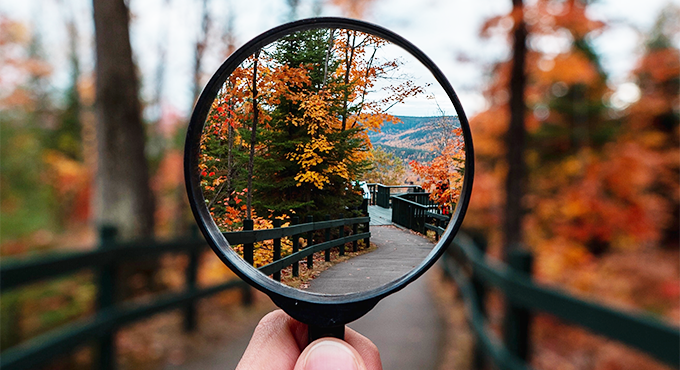News

A look back at our trip to Iceland
At 38, we set off to discover the extreme lands of Iceland, where volcanoes, hot springs, glaciers, caves and arid moors awaited us. Our program was an ambitious one, involving a tour of the island in no less than six days, covering a distance of 2,400 km. Jules Verne, who drew inspiration from the famous Snaefellökull volcano to write his "Journey to the Center of the Earth", never set foot on the island, and that's a shame, because from the very first day we were in for a real treat, discovering the 30-meter-high Seljalandafoss waterfalls behind which we could slip. In this land of water and fire, there are more than 10,000 listed waterfalls, but we'll only see eleven of them, the most famous ...
Pierre, our Franco-Belgian guide, explains just how hard life was for the Icelanders: their population now numbers 400,000; it's hard to imagine the climatic conditions they once endured, with no wood for heating, earthquakes, glacial tsunamis, volcanic eruptions, rogue waves, geysers, not to mention the interminable nights. No wonder their names often end in "dur"! Our driver, Erling, who speeds along on narrow, narrow roads, commands our admiration. The famous "road of death" (due to high winds) makes us even more aware that the elements are the absolute masters here. Leaving from the port of Hauganes in the north, we're lucky enough to be able to watch the whales in ballet, even if we really only see their backs and tails. Fish is often on the menu, as fishing accounts for 30% of economic activity (tourism is 30%...). We also learn that over 5,000 sailors have perished at sea. And we'll soon be tasting Icelandic shark...or not.
There's a good-natured atmosphere on the bus when it comes to wondering when we'll finally be eating lamb, given all the flocks of sheep grazing by the roadside. Let's not forget, however, the island's 130 active volcanoes; Laki, for example, erupted in 1783, killing a third of the population and covering half the country in volcanic dust known as tefra.
And it's also to forget all the vicissitudes of the climate that Icelanders believe so strongly in the elves, trolls and goblins that populate their rich mythology.
Energy self-sufficient thanks to geothermal energy, with a bauxite processing industry that consumes a lot of electricity, which is inexpensive here, the island enjoys a high standard of living and high salaries. In spite of its climate, it is ranked as one of the world's happiest and safest countries.
But the most impressive experience of all is the amphibious vehicle ride on Diamond Lake, where we navigate between icebergs of astonishing shapes and colors, various blues, whites and grays, all bathed in a mist that makes for a totally phantasmagorical spectacle!
And don't forget our bath in 40° turquoise water (this time without ice cubes): a real treat.
It's hard to end these memories without mentioning the Vikings, the Norwegian barbarians who invaded Iceland in the 9th century, plundering its timber reserves but still introducing the stocky horses we admire everywhere on our journey.
Our big regret: no puffins in our photos, as they're almost always in flight! But thanks to Xavier, we'll all have a postcard of this "puffin" or "Monday" (translation of puffin in English and Icelandic).
And our greatest satisfaction: to have had sunshine for five days out of six.
Christine Dupuis

 3
3

















No comment
Log in to post comment. Log in.